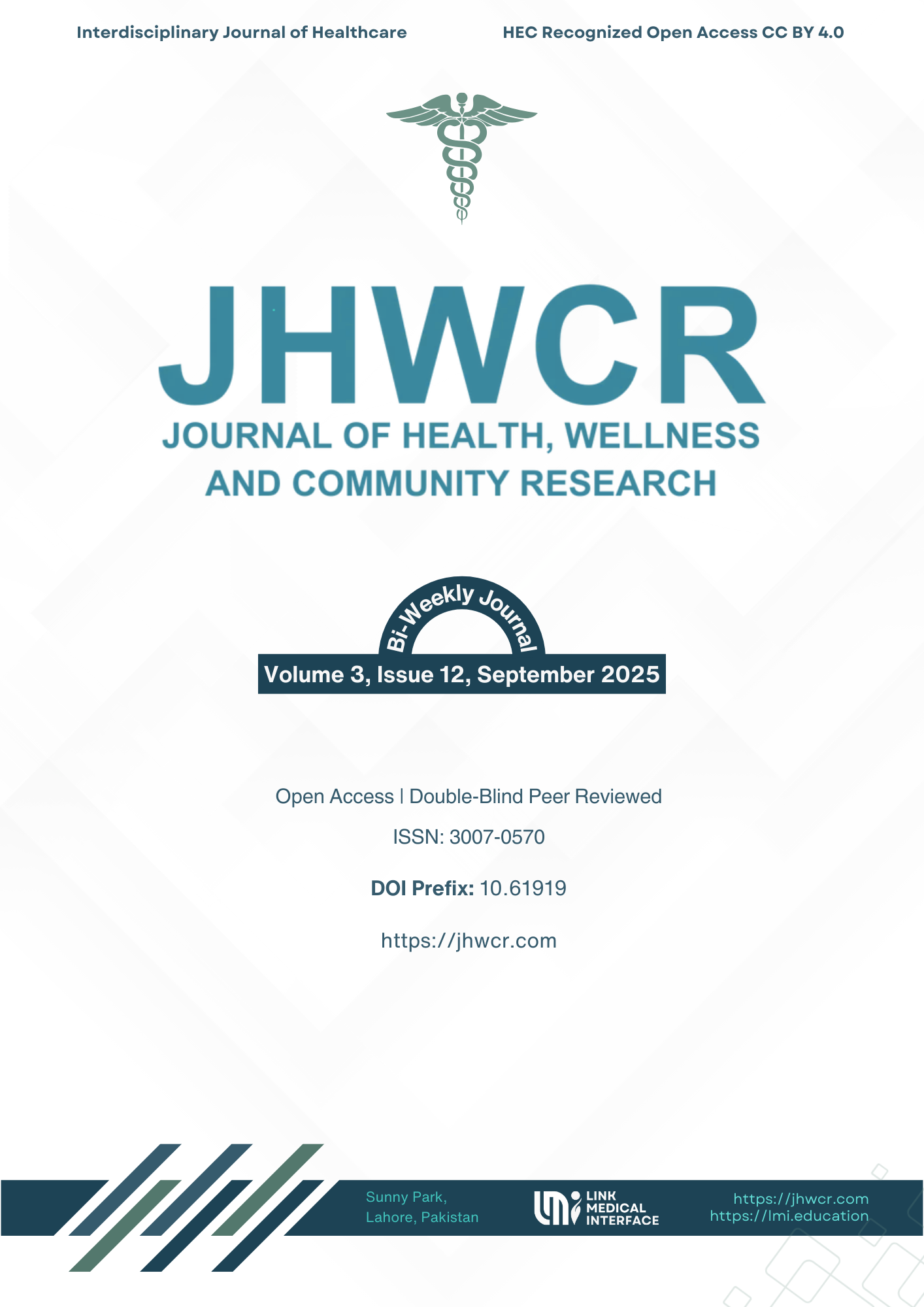Precision in Planning Orthodontic Extractions Among Dental Practitioners of Pakistan: A Cross-Sectional Study
DOI:
https://doi.org/10.61919/5bcsvr72Keywords:
Orthodontic extractions, Precision, Diagnostic tools, CBCT, Artificial intelligence, PakistanAbstract
Background: Orthodontic extractions play a pivotal role in achieving functional occlusion, esthetic harmony, and long-term stability. Precision in extraction planning is increasingly emphasized due to its impact on facial profile, treatment outcomes, and patient satisfaction. While advances such as CBCT and AI-assisted tools have enhanced diagnostic accuracy, the extent to which these technologies are adopted in Pakistan remains unclear. Objective: To evaluate the knowledge, awareness, and perceptions of dental professionals in Pakistan regarding orthodontic extraction planning, with emphasis on precision-based decision-making and barriers to adopting advanced diagnostic tools. Methods: A descriptive cross-sectional study was conducted from June to August 2025 among 230 dental professionals recruited through professional networks and social media. Participants included house officers, postgraduate trainees, and general practitioners. Data were collected via a validated 18-item online questionnaire. Descriptive and inferential statistics were performed in IBM SPSS v27, with p-values <0.05 considered significant. Ethical approval was obtained from the PRIDE Center for Research and Learning Institute (PRIDE/ERB/2025/012). Results: Awareness of extraction patterns was high (90%), with first premolars the most frequently selected teeth (78%). Extractions were most often planned occasionally (48.5%) or frequently (34.2%). Clinical examination (91.7%) and cephalometrics (80%) dominated diagnostic approaches, while CBCT (20%) and AI tools (12.6%) were underutilized. Key barriers included high cost (79.1%), limited access (64.3%), and lack of training (63.5%). Conclusion: Dental professionals in Pakistan demonstrate strong awareness of orthodontic extraction planning but remain reliant on traditional diagnostic methods. Greater integration of digital tools, enhanced training, and improved accessibility are essential to align practices with international precision standards.
Downloads
Published
Issue
Section
License
Copyright (c) 2025 Subul Hassan, Muskan Sahetiya, Muhammad Ibrahim Usman Rabb, Muhammad Usman Wazir, Hafsah Ahsan, Muhammad Farrukh (Author)

This work is licensed under a Creative Commons Attribution 4.0 International License.


